History
Centuries-old debate on the origins of the Huns may finally be settled
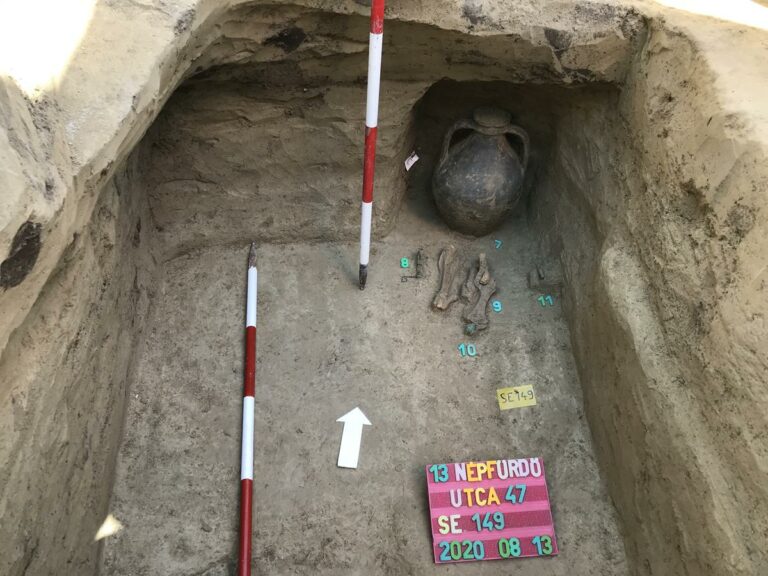
Thrilling: Scientists identify 2 new dinosaur species from Transylvania

Scientists bring centuries-old Hungarian faces back to life
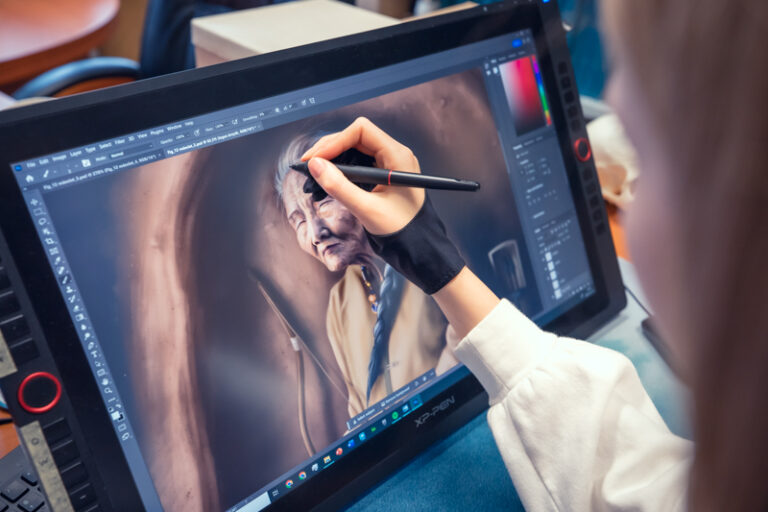
The remarkable heritage of Rome was constantly cultivated in Hungary

Vucic’s Serbian nationalist party declaration denies historical Hungarian ties to Vojvodina

The enigmatic Hungarian spy who fooled MI5: The story of Lady Howard
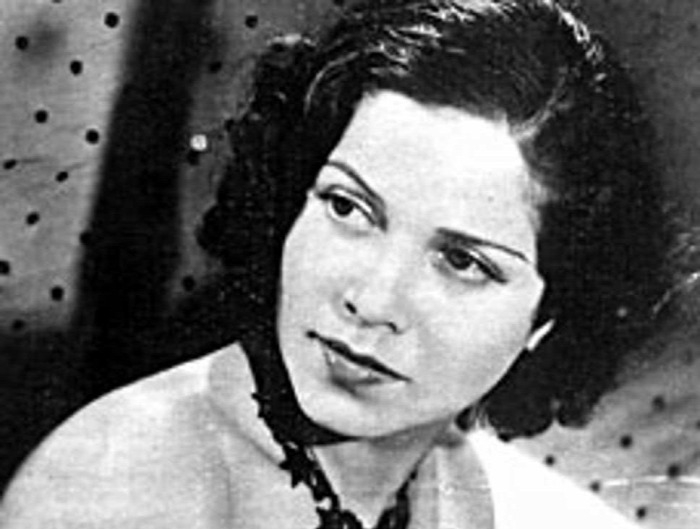
Ancient discovery in Hungary confirms centuries-old legend
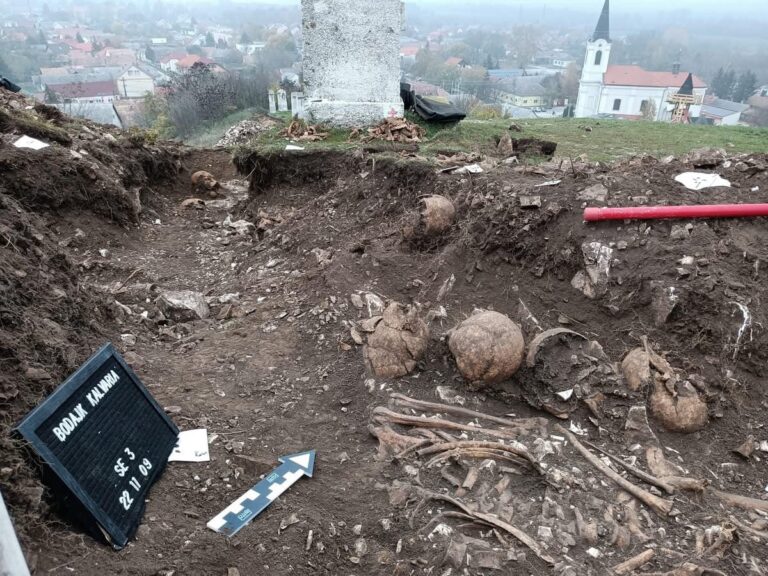
Hidden lift under the Danube: a forgotten memory of the Horthy era
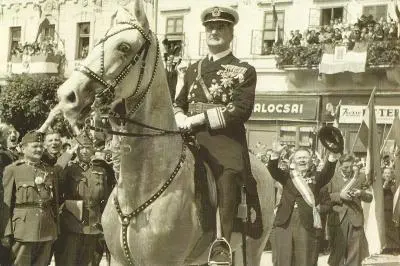
Last Hungarian survivor of Auschwitz twin experiments laid to rest
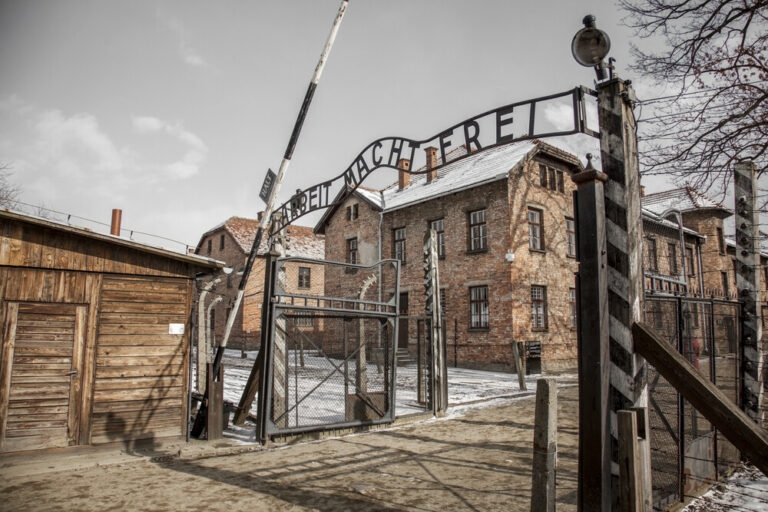
The 1996 ‘Hungarian Roswell’ UFO incident: leaked documents reveal alleged crash and live alien capture

Alisher Navoi: A great poet synonymous with his homeland
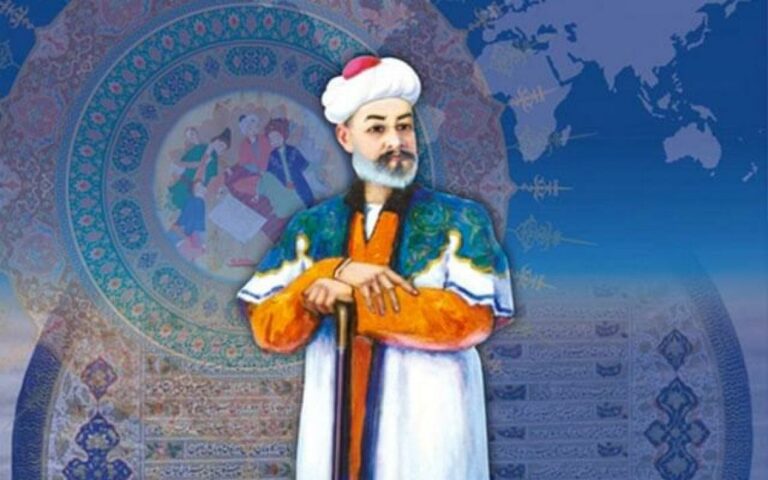
Forty-five years since the first Ikarus articulated bus bid farewell to Budapest
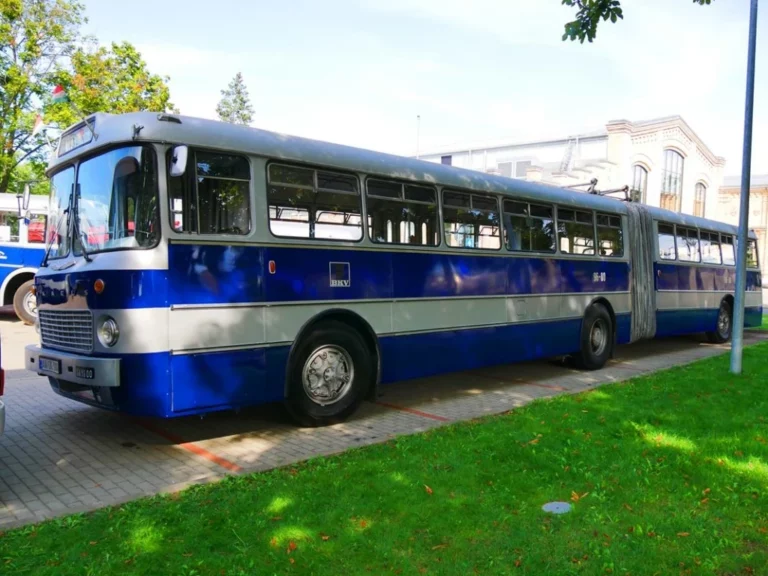
Viet Nam – Hungary: Outstanding milestones over the past 75 years of diplomatic relationship

Unearthing secrets: Exploring Hungarian bunkers and their mysterious past – PHOTOS, VIDEOS
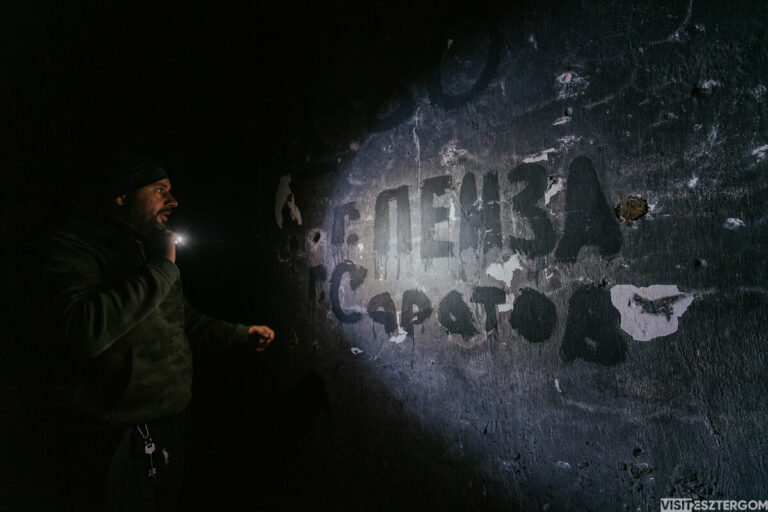
László Almásy: The Hungarian man who served as an explorer, reconnaissance officer, and spy
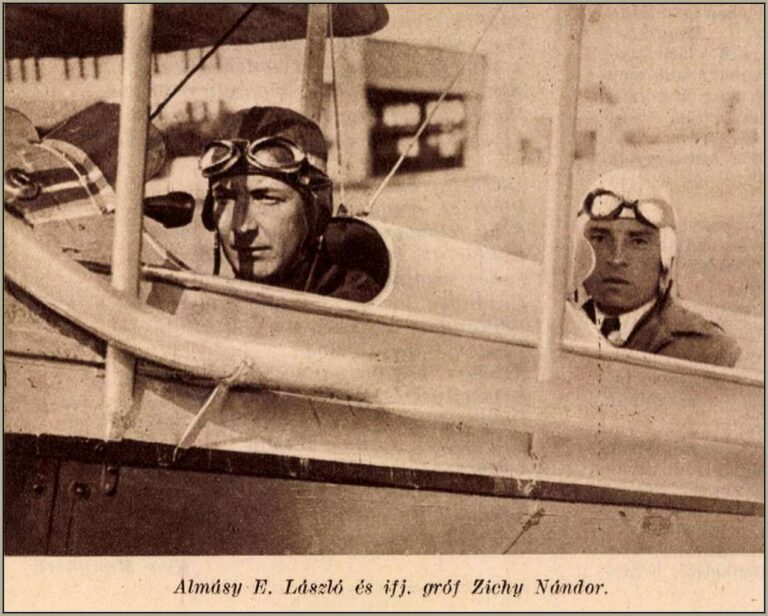
Hungary thanks Australia for returning collection of ‘Hungaricum’ documents, music scores – photos
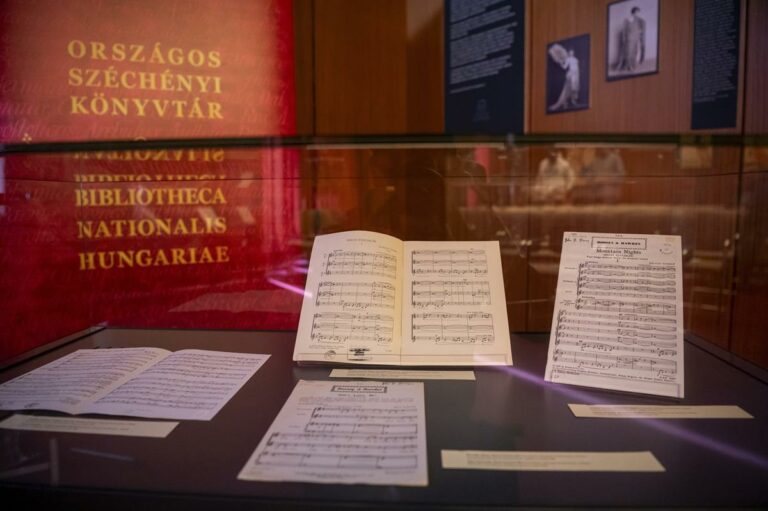
The story of the first Hungarian-built aircraft
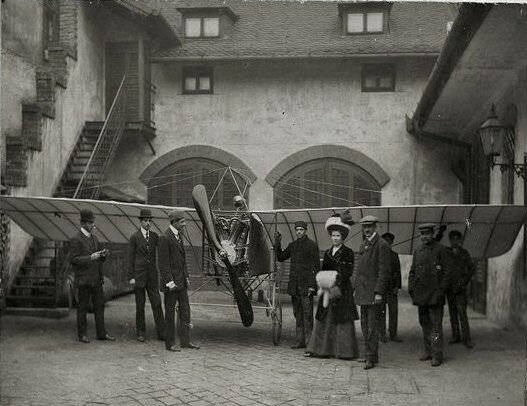
From Hungary to the USA: Donald Trump’s Surprising Hungarian Noble Lineage Revealed!




